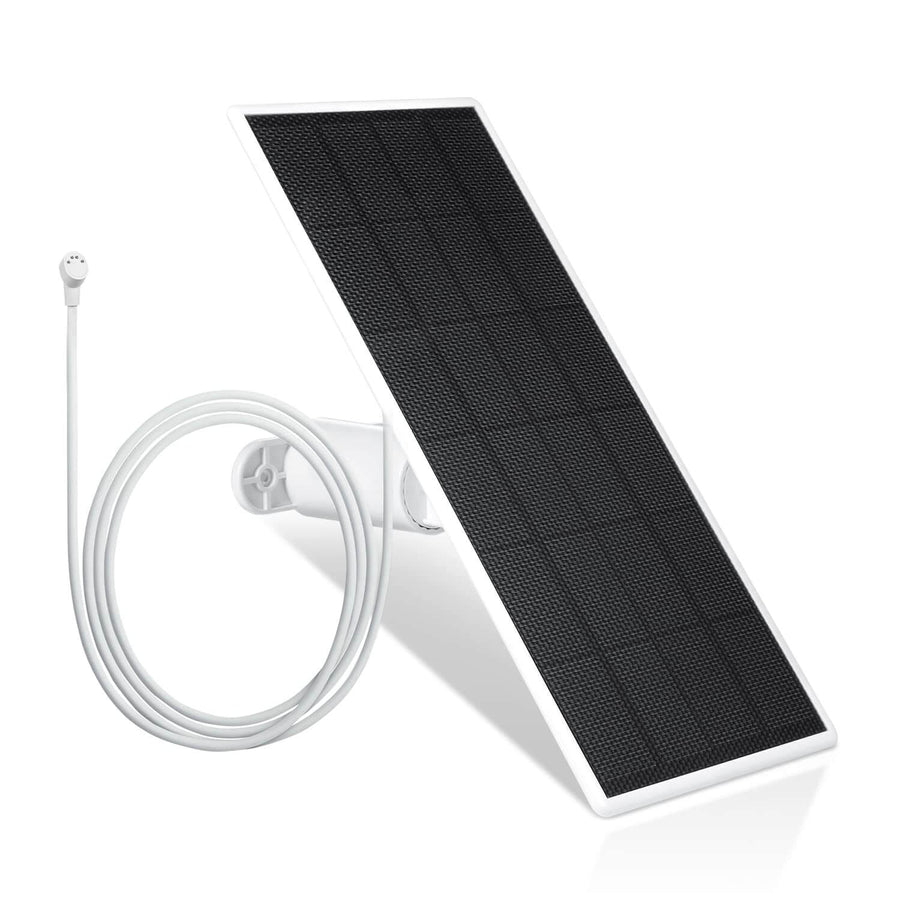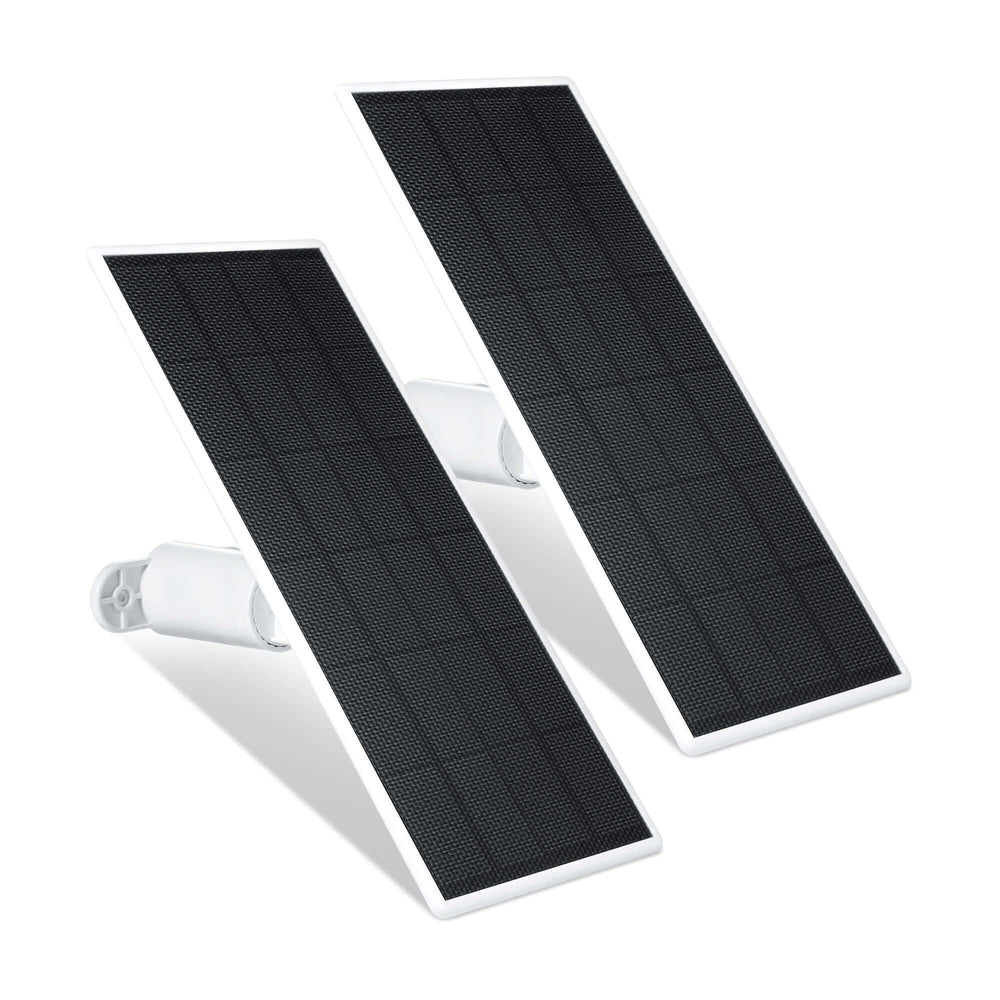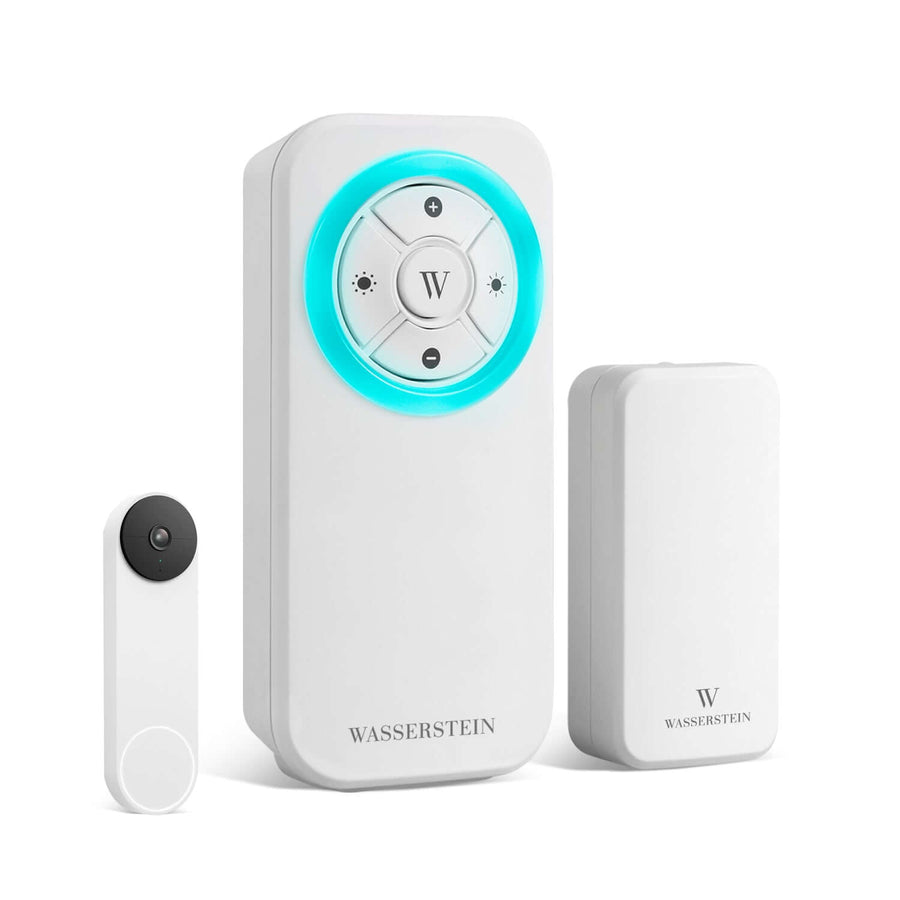Do Public Bathrooms Have Cameras? What’s Legal and What’s Not?
As digital surveillance become more common with increasing safety concerns, it’s no surprise that security cameras are popping up everywhere — from traditional closed circuit television (CCTV) cameras in parking lots and shopping malls to the more compact smart cameras in homes. But when it comes to public places, the line between public safety and personal privacy becomes razor-thin.
Many people are understandably alarmed at the thought: Do public bathrooms have cameras? If so, is that even legal?
This article dives deep into these pressing questions — exploring laws, privacy rights, detection methods, and what you can do if you find a camera where it shouldn’t be, with the subject of privacy and legal compliance at its core.
Are There Cameras in Public Bathrooms?

Public concern over video surveillance in bathrooms stems from the increasing availability of small, inexpensive hidden security cameras and growing media coverage of privacy violations. The question of whether cameras exist in public bathrooms is one that sparks widespread fear and confusion.
Why People Are Concerned
The fear of being recorded in an intimate space like a bathroom is deeply unsettling. These spaces are universally understood to be private. Concerns also extend to the possibility of private conversations being captured, further intensifying worries about privacy violations. Yet, reports of covert surveillance in such areas have stirred public outrage and raised serious questions about the abuse of technology and breach of personal boundaries.
Common Misconceptions vs. Reality
It’s essential to clarify a few misunderstandings. No, most public restrooms do not contain cameras. However, cameras may be present near bathrooms—in hallways or at the entrance—for legitimate reasons like preventing vandalism or monitoring traffic. It’s these gray zones that fuel uncertainty and fear.
Legitimate Reasons for Nearby Surveillance
Retailers, schools, and event venues often place security cameras in adjacent areas to discourage loitering, prevent vandalism, or monitor foot traffic. However, putting cameras too close to private spaces like bathrooms raises significant legal and privacy concerns. These practices are generally legal, provided cameras don’t capture footage inside restrooms.
Is It Legal to Have Cameras in Public Restrooms? (US Laws & Regulations)

With the rising use of surveillance devices, the question of legality in bathroom settings is no longer hypothetical. Understanding what the law permits is crucial not just for the public, but also for businesses, landlords, and property managers who rely on surveillance to protect property and people.
Installing cameras in bathrooms is a legal minefield. While public safety is a concern, the law places strict boundaries on where cameras can be installed. For example, placing a camera in a public restroom to monitor activity is generally illegal due to privacy laws, whereas installing cameras in public hallways outside restrooms may be permitted.
Federal Privacy Laws
At the federal level, the primary regulation revolves around the “reasonable expectation of privacy” standard. Bathrooms, changing rooms, and similar private spaces are protected. Federal law prohibits video recording in these areas without consent, and both videos and audio recordings are regulated under federal law. The one-party consent rule for audio recording under 18 U.S.C. 2511(2)(d) also applies, but many states have stricter laws.
Additionally, any video camera recording in these sensitive locations that involves minors can trigger child protection laws, which escalate legal consequences significantly. Federal oversight is largely centered around prosecuting violations after the fact, making proactive compliance and awareness all the more important.
State-Specific Regulations
While federal law sets strict guidelines for privacy protections, states have the power to legislate more stringent rules to safeguard individuals’ rights in restrooms and private spaces. Many states have passed laws that specify what constitutes lawful and unlawful surveillance, particularly concerning audio and video recordings in sensitive environments. It is crucial to understand state-specific rules before installing security cameras in or near private spaces to ensure legal compliance and avoid severe penalties.
- California: Requires all-party consent for audio recordings and prohibits any form of video surveillance in restrooms. Violators face both criminal charges and civil penalties.
- Florida, Michigan: Both states enforce strict all-party consent laws for audio recording. Installing cameras that capture audio in private spaces such as restrooms is considered a criminal offense.
- Texas, New York: These states explicitly ban hidden cameras in areas with a reasonable expectation of privacy, including restrooms, dressing rooms, and locker rooms.
- Utah, Tennessee: Require express consent for any surveillance in private areas, including recording used for home security purposes, and courts often rule harshly against violators due to the sensitivity of these locations.
- Illinois: One of the strictest states, it requires both parties’ consent for any recording and treats bathroom surveillance as a felony.
- Washington: Prohibits the use of surveillance devices in any location where a person might reasonably expect to be unclothed, which includes guest rooms, bathrooms, and changing rooms.
State-specific laws may be updated regularly to reflect new technologies and shifting public expectations, so staying informed and consulting legal professionals is essential before installing any recording devices near private spaces.
Can Employers Install Cameras in Employee Restrooms?
Absolutely not. Surveillance in employee restrooms is considered a grave violation of personal privacy and is illegal in all 50 states. U.S. labor laws and privacy statutes recognize restrooms as spaces where individuals have a fundamental right to privacy. Companies must comply with privacy laws such as the Data Protection Act, and violations can result in severe legal and financial consequences.
Employers caught placing hidden or visible cameras in these areas face potential legal issues, including criminal prosecution, regulatory fines, civil litigation, and reputational damage. Even allegations of such practices can irreparably harm a company’s public image and employee trust. Courts have consistently ruled that no employer interest—be it loss prevention, workplace safety, or misconduct monitoring—justifies breaching the right to privacy in restrooms.
What About Schools, Gyms, and Restaurants?

Educational institutions, fitness centers, and food establishments often grapple with how to balance public safety and privacy. While they are permitted to install security cameras in public or shared spaces, including entrances, hallways, and general locker room areas, they must avoid any surveillance inside restrooms, shower facilities, or changing areas. It is also crucial to protect the privacy of users of these facilities, ensuring that surveillance does not compromise their rights or sense of safety.
In schools, hallway cameras are sometimes used to monitor student movement and deter bullying near restrooms. In gyms, cameras may be directed at main workout areas or locker room exteriors—but filming inside shower stalls or changing booths is strictly forbidden. Restaurants and retail outlets may install cameras at restroom entrances to monitor for loitering or theft, but even inadvertent recording of private activity can be grounds for legal action.
International Comparisons
Globally, privacy protections in restroom environments are taken seriously. Legal frameworks vary by country but generally align with the principle that restrooms are inherently private.
- United Kingdom: The UK’s Data Protection Act and Human Rights Act make it unlawful to place surveillance inside restroom stalls. Cameras in shared or public-access areas must have clear signage and a well-documented purpose.
- Canada: Both federal and provincial laws in Canada prohibit hidden or visible surveillance in areas where people are expected to be nude or engage in private activities. Breaches can result in civil liability and regulatory sanctions.
- Australia: Surveillance in toilets and change rooms is illegal under most state and federal laws. Employers and public venue operators are required to conduct regular audits and maintain strict data access controls to avoid penalties.
When implementing surveillance systems internationally, it is crucial to follow the correct legal course in each country to ensure compliance and respect privacy rights.
📍 Can tenants install security systems without landlord permission?
How to Detect Hidden Cameras in Public Bathrooms
Privacy concerns over hidden cameras in restrooms are not just hypothetical—they happen more often than many would expect. As hidden surveillance technology becomes cheaper and more accessible, so does the risk of encountering a concealed camera in places where people expect complete privacy. There are various methods of hiding cameras, such as disguising them as everyday objects or placing them in hard-to-spot locations, which makes detection especially important. This section offers actionable advice for detecting such devices before your privacy is compromised.
Why You Should Be Cautious
The presence of hidden cameras in private spaces is a gross violation of privacy. Learning to spot them can protect you and others from becoming victims. Public bathrooms, changing rooms, and similar spaces are particularly vulnerable because of their secluded nature, making them potential targets for bad actors. However, with increased awareness and effective detection techniques, there is less to worry about when it comes to hidden cameras.
Steps to Detect Hidden Cameras
- Inspect suspicious objects: Cameras can be hidden in ordinary items like smoke detectors, clocks, light fixtures, or even coat hooks. There are various ways people hide cameras in bathrooms, such as concealing them inside vents, toiletries, or behind decorative objects. Look for objects that appear oddly placed, have unnecessary wires, or seem out of place.
- Use a flashlight: Most camera lenses reflect light. By turning off the lights and shining your phone’s flashlight around the room, you may spot the reflection of a hidden lens.
- Scan for Wi-Fi/Bluetooth signals: Use mobile apps such as Fing, NetSpot, or Hidden Camera Detector to search for unknown devices emitting signals in the area. Many modern hidden cameras use Wi-Fi to stream footage.
-
Use RF detectors: These handheld devices can scan for radio frequencies emitted by wireless cameras. Move the detector slowly around the room, especially near electrical outlets, light switches, and ventilation grilles.

- Check mirrors: Use the fingertip test to determine whether a mirror is two-way. Place your fingertip against the mirror; if there is no gap between your finger and its reflection, the mirror could be see-through from the other side.
What to Do If You Find a Hidden Camera in a Public Restroom
Discovering a hidden camera in a bathroom is a serious matter that must be handled carefully. There is also a risk that any recorded videos could be accessed or distributed by hackers, posing significant cybersecurity threats. Your actions in the immediate aftermath can help preserve evidence, protect your legal rights, and ensure the perpetrator is held accountable.
Immediate Steps to Take
- Notify authorities: Call local police and report your discovery. Law enforcement can document the scene, remove the device, and initiate an investigation.
- Inform management: Alert the property owner or business manager. This establishes a record of the event and ensures they take internal steps to address the issue.
- Do not touch the device: Fingerprints, memory cards, or wiring are vital pieces of evidence. Avoid disturbing the scene until the police arrive.
- Document everything: Use your smartphone to take clear photos and video of the hidden camera and its surroundings. Make note of the time, location, and any witnesses.
- Consult a lawyer: You may be entitled to file a civil lawsuit for damages, especially if footage of you was recorded or shared. A legal professional can help you understand your rights and possible remedies.
What Businesses Need to Know About Camera Placement
Surveillance cameras can enhance safety and deter crime, but improper placement—especially near bathrooms—can lead to serious legal trouble. Businesses must navigate a fine line between protection and privacy to remain compliant and avoid public backlash.
Every business has a responsibility to uphold the privacy rights of employees, customers, and visitors. Misplaced cameras can lead to lawsuits, investigations, and damage to brand reputation. Laws vary by jurisdiction, but the consensus is clear: bathrooms, changing areas, and similar private spaces are off-limits. Privacy expectations in a business setting are similar to those in a house, where individuals reasonably expect not to be recorded in private areas.
Where Cameras Are Allowed

These areas allow the legal use of security cameras:
- Entrances and exits: Cameras can monitor who comes and goes without violating privacy.
- Hallways outside restrooms: Acceptable as long as they don’t point into the restroom itself.
- Common areas not used for undressing: Lobbies, store aisles, and waiting areas are usually safe zones for surveillance.
Alternatives to Bathroom Surveillance
- Staff monitoring: Train staff to keep an eye on restroom access points and note any suspicious behavior as an alternative to installing a security camera near sensitive areas.
- Motion detectors: These can alert employees to unusual activity without compromising privacy.
- Physical design changes: Single-user restrooms with lockable doors offer more privacy and reduce the need for surveillance in adjacent areas.
Even if well-intentioned, installing a security camera too close to a restroom can lead to allegations of privacy invasion. Penalties may include civil lawsuits, regulatory fines, criminal charges, and negative media attention. To stay compliant, businesses should consult legal counsel when designing or modifying their surveillance systems.
Hidden Cameras and Privacy Violations: Legal Consequences
Unauthorized surveillance in bathrooms or similar spaces isn’t just a moral failing—it’s a legal offense. This section explores the repercussions for those who cross the line, notable cases that shaped the laws, and options available to victims.
What Happens When You Break the Law
Installing a camera in a bathroom is a criminal act in many jurisdictions. Depending on intent and circumstances, the offense can be prosecuted under statutes related to voyeurism, harassment, invasion of privacy, or even child exploitation if minors are involved.
Legal Penalties
- Fines and imprisonment: Penalties vary but often include substantial fines and jail time. In some states, offenders may face felony charges.
- Civil suits: Victims may sue the individual or business responsible for damages such as emotional distress, lost income, or reputational harm.
- Permanent records: Convicted individuals may be required to register as sex offenders, which carries lifelong consequences.
Conclusion
Security and privacy are not mutually exclusive. With proper awareness and responsible technology use, both can coexist. Understanding the laws, knowing your rights, and being vigilant are key to protecting yourself in public and private spaces.
✅ If you suspect surveillance, act. Protect your privacy. Report violations.
FAQ
Can security cameras legally face bathroom doors?
Yes, as long as they don’t capture the interior of the bathroom or violate privacy.
How can I report a suspicious camera in a public restroom?
Contact law enforcement, local authorities, or consumer protection agencies.
What are the penalties for recording in a bathroom?
Depending on the state, offenders may face jail time, fines, and lawsuits.
What should I do if I suspect I was recorded in a restroom?
Document the incident, contact the police, and consult a lawyer.
Can Airbnb hosts legally place cameras near restrooms?
They can be used in common areas with disclosure, but not in or near bathrooms or bedrooms.
What are the signs that a public bathroom may have hidden cameras?
Blinking lights, strange objects, mirrors with no reflection gap, or unknown devices on Wi-Fi.








Leave a comment